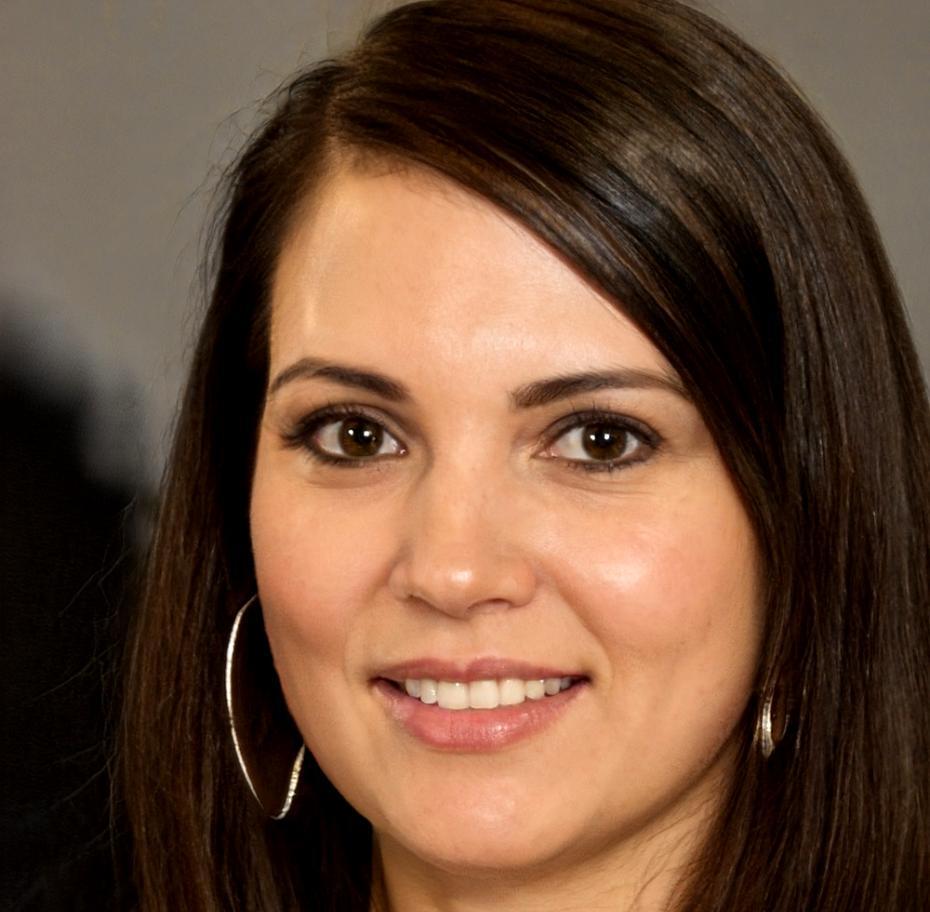Build Financial Models That Actually Work
Stop wrestling with spreadsheet chaos. Learn to create clear, reliable financial projections that help you make better business decisions. Our hands-on approach gets you comfortable with the numbers that matter.
Explore Programs
How We Break Down Complex Finance
Financial modeling sounds intimidating. But when you strip away the jargon, it's just about organizing information so you can see patterns and make predictions.
Start With Real Examples
We skip the theoretical lectures. Instead, you'll work with actual business scenarios from day one. Learn by doing, not by memorizing formulas you'll forget next week.
Build From Basics
Most courses assume you already know what DCF means. We don't. Every concept gets explained in plain language before we layer in the technical details.
Practice Until It Clicks
Understanding comes from repetition with variation. You'll build multiple models across different industries so the patterns become second nature.

The Framework That Makes Sense
There's a reason why finance professionals follow similar patterns when building models. These structures aren't arbitrary. They evolved because they work.
You'll learn the three-statement model first because everything else builds on it. Income statement feeds into cash flow. Balance sheet connects them both. Once this clicks, the rest becomes much easier.
- Revenue forecasting using driver-based approaches
- Cost structures that reflect real business operations
- Working capital cycles and their impact on cash
- Scenario planning for different market conditions
We focus on building models you can actually defend. Because when someone asks "How did you get that number?" you need a clear answer.
Choose Your Learning Path
Different backgrounds need different starting points. Pick the track that matches where you are now, not where you think you should be.
Foundation Track
For people who are comfortable with basic spreadsheets but haven't built financial models before. We start with core accounting concepts and gradually add complexity.
- Eight weeks of structured learning
- Four complete model builds
- Weekly practice sessions
- Template library access
Programs start September 2025 with evening sessions designed for working professionals.
Advanced Track
If you've already built basic models and want to tackle valuation, M&A analysis, or complex forecasting scenarios. This goes deep into methodology.
- Six weeks of intensive work
- Industry-specific modeling
- Peer review process
- Case study analysis
Next cohort begins October 2025 with weekend intensive format available.
The Tools You'll Master
Financial modeling isn't about memorizing every Excel function. It's about knowing which tools solve which problems and when to use them.
You'll get comfortable with pivot tables, data validation, dynamic arrays, and conditional formatting. But more importantly, you'll understand why each tool matters and how they work together.
Formula Logic
Building formulas that are both accurate and auditable. Learn to structure calculations others can follow.
Data Management
Organizing inputs, assumptions, and outputs so your models stay maintainable as they grow.
Visualization
Creating charts and dashboards that communicate your analysis clearly to non-financial stakeholders.
Error Prevention
Building checks and balances that catch mistakes before they become problems.

Real People, Real Progress
The best learning happens when you're working through problems with people who get what you're struggling with. Our cohort structure means you're never stuck alone with a broken formula at midnight.
Students often tell us the peer review sessions are where things really click. Seeing how others approach the same problem opens up new ways of thinking.

Siriporn Wattanakul
Financial Analyst, Bangkok
I came in knowing Excel but constantly second-guessing my assumptions. The framework approach helped me build models I can actually explain to management. Now when they ask questions, I have answers backed by logic instead of just hoping my formulas are right.